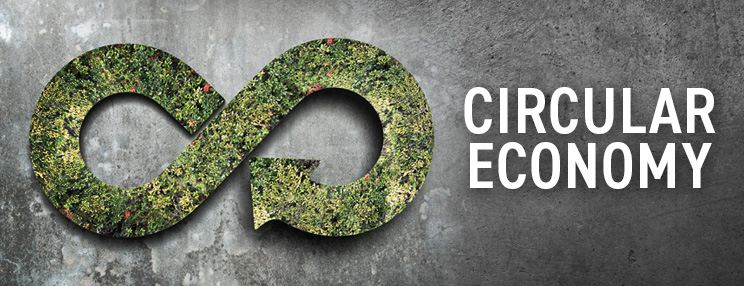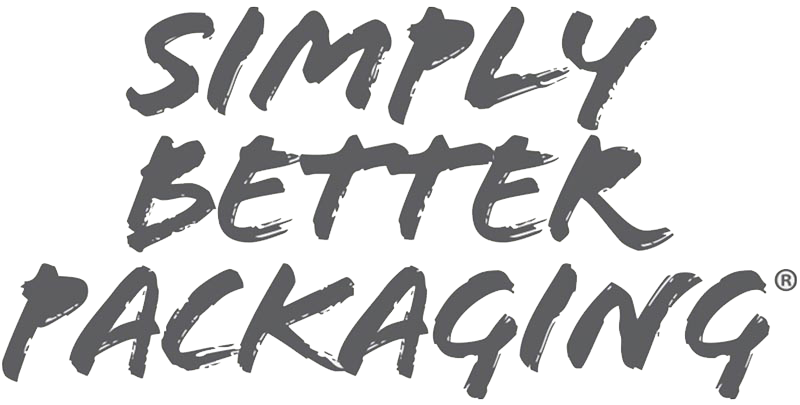Circular Economy: Making The World Goes Round And Round!

What is a circular economy, how it applies to the world of plastics, and how to be a part of it!
By Catherine Haub
In 2010, Dame Ellen MacArthur founded the MacArthur Foundation intending to reframe our economy, and go from a straight line to a circular economy, but what do those mean? According to the foundation, we are currently operating in a straight-line economy suggesting that we use materials from the Earth to make products and throw them away as waste once they are no longer of use [1]. A circular economy is the opposite, where materials aren’t wasted after one use but are instead recycled and repurposed into new products [1]. Redesigning materials to be less resource intensive, reducing the number of materials used, and recapturing waste to be used as a resource to make new products are just some examples of how the circular economy works [2]. The goal is to keep materials and resources in circulation for as long as possible, moving away from making products that can only be used once [2]. A circular economy focuses on three different aspects: regenerating nature, eliminating waste and pollution, and circulating products and materials [1].
So how does this concept apply to the world of plastics? Many believe that plastics wouldn’t play a role in this endeavor due to their low recycling rates. This is far from the truth, as many plastics can and should be a part of a circular economy [3]. The Ellen MacArthur Foundation has found 6 areas where we can improve circularity in plastics [3]:
- Eliminating unnecessary plastic packaging wherever it can be eliminated.
- Applying reuse models wherever possible to reduce the need for single-use packaging.
- On the producer’s end, plastic packaging should be 100% reusable, recyclable, or compostable.
- On the consumers end, practicing recycling, composting, and reusing is essential. Governments are also key in making sure the infrastructure is available to do so.
- New plastics should be made from renewable resources, and the production and recycling of plastic should get their energy from renewable sources.
- Plastic packaging is free from hazardous chemicals the people’s involved health and safety are respected.
With this in mind, many companies are looking for options that can be recycled easily and are widely accepted or have the ability to be reused. For example, while polystyrene containers are not recyclable, polyethylene terephthalate, also known as PET, is widely recycled throughout the world. If a company wanted to play a role in the circular economy, it should switch from polystyrene to polyethylene terephthalate. Polypropylene is a great option for foods since it can be reused over and over again without the quality decreasing. Though some plastics do not fit in a circular economy, plastics should not be rid of completely.
Now comes the question of how to work towards a circular economy with plastic packaging. As stated previously, some plastics aren’t easily recyclable and wouldn’t fit in a circular economy. It would be suggested to move away from polyvinyl chloride, low-density polyethylene, polystyrene, and any plastics with the 7-recycling number, as these are not widely recycled if recyclable at all. Instead of choosing one of those plastics which are hard to recycle, PET, polypropylene, or high-density polyethylene (HDPE) are more sustainable options as they are widely recycled or can get multiple uses out of them. At Placon, we offer many options to help customers work towards achieving circularity. Our PET food and retail packaging items are 100% recyclable, and our polypropylene containers are able to be used multiple times and are a great option for foods going into the microwave or in the freezer.
[1] Circular economy principle: Circulate products and materials (ellenmacarthurfoundation.org)
[2] What is a Circular Economy? | US EPA
[3] Plastics and the circular economy (ellenmacarthurfoundation.org)
ABOUT PLACON
Since 1966, Placon has been a leading designer and manufacturer of innovative and sustainable plastic packaging for medical, food, and consumer goods markets. Placon has manufacturing operations in Madison, WI; West Springfield, MA; Elkhart, IN; and Plymouth, MN, and is currently ranked in the Top 20 in Plastics News 2024 Thermoformers Rankings. Placon delivers packaging breakthroughs that inspire better engagement between people and products.





